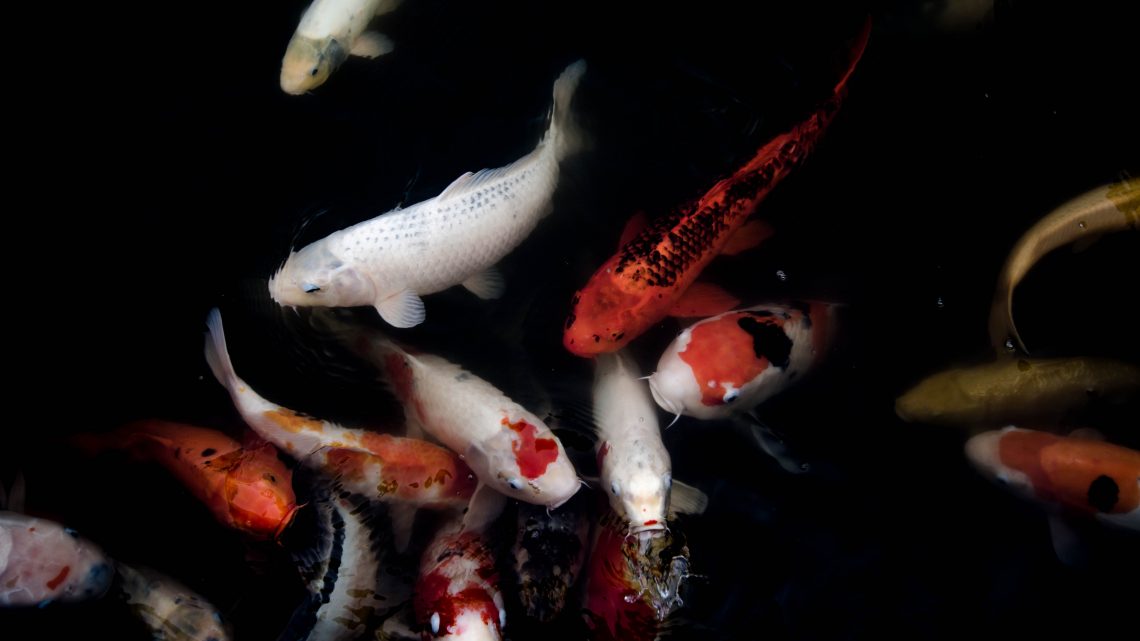
Pond Food & Treatments
Keep your pond’s inhabitants well-fed with OlliePets’ selection of pond food – sticks, pellets and more. Whether it’s goldfish, koi or something more exotic in your pond, you’ll get the nutrition they need right here. Equally as important is using the right pond treatments to help to keep a clean, weed- and disease-free pond. Use these treatments to remove suspended algaes and blanket weeds, while encouraging the plants you want to grow.
Fish nutrition
Like all pets, your fish need to eat the right things so that they stay happy and healthy. Whether you want to welcome tropical, cold-water or temperate fish into your home, it’s important to know what kind of diet’s best for them.

Remember to ask what your pet fish need to maintain a healthy diet, like us, some eat meat and others don’t. There are carnivores, omnivores and herbivores, so keep an eye out for that when you’re choosing the right fish for you.
The staple of most diets for fish in captivity is simple high quality fish food. This typically provides all the nutrients that your fish would find in the wild, such as crustaceans and algae.

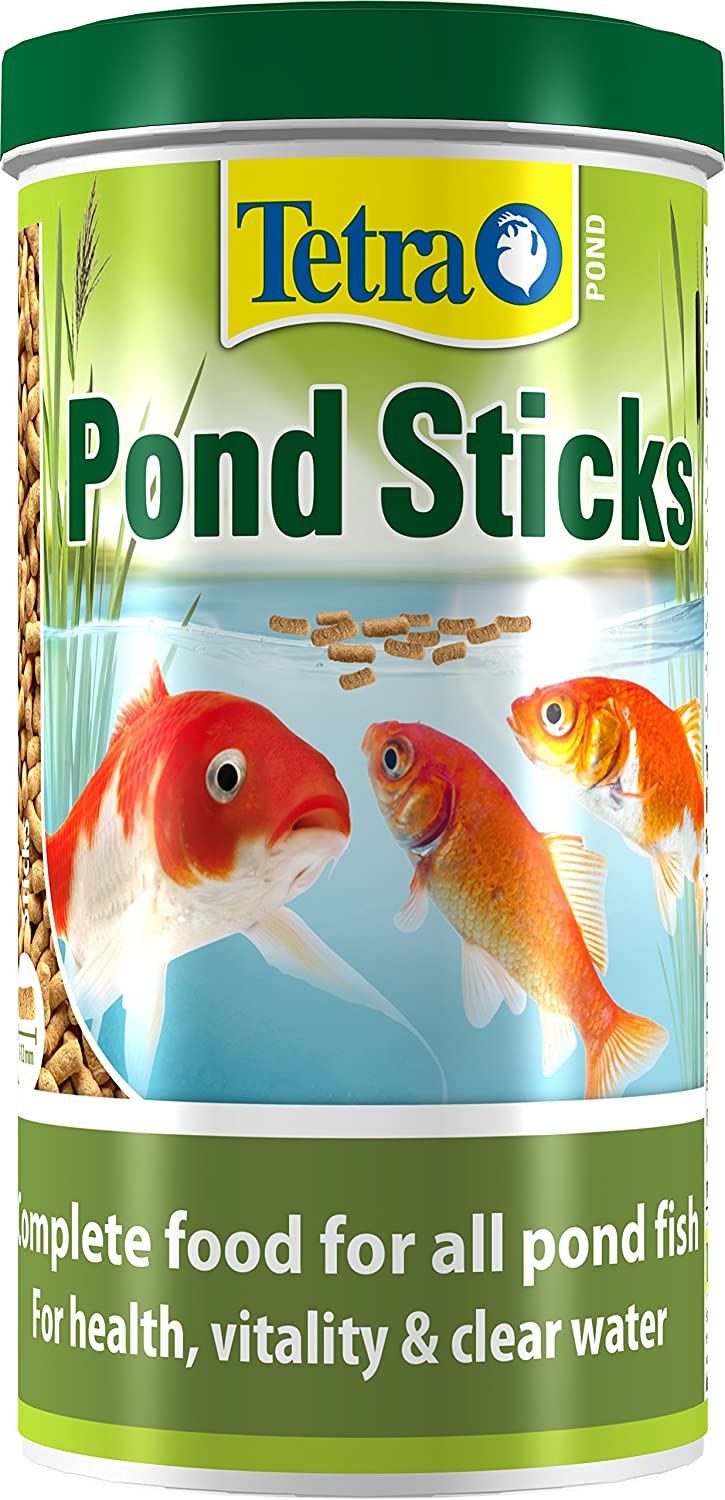
Complete Food
Tetra
£7.80

Pure Pond Bomb
Evolution Aqua
£12.95
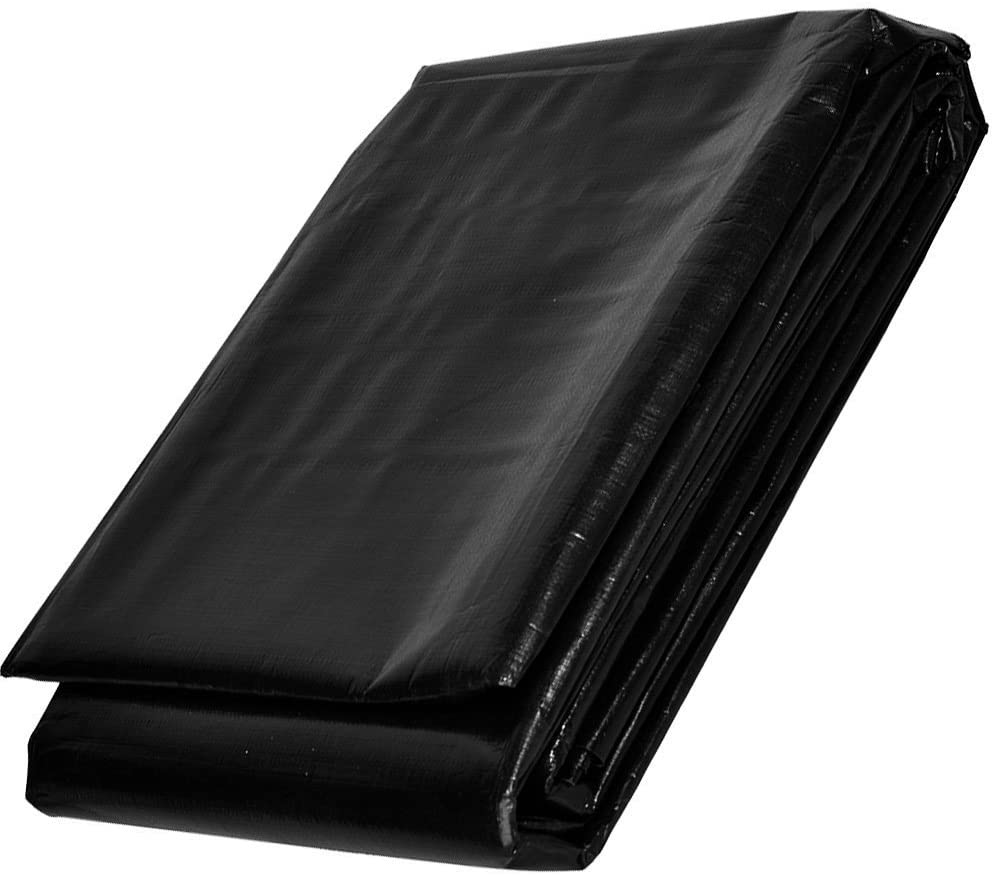
Pond Liner 2x2m
PondHero
£7.99
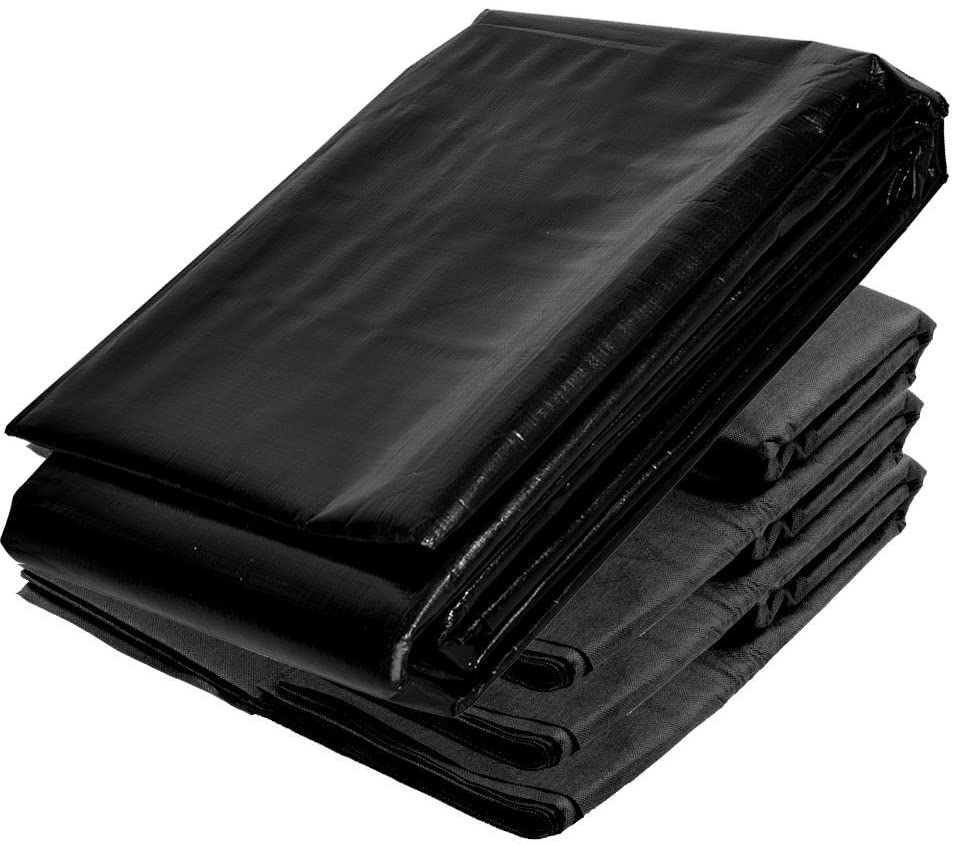
Pond Liner 2m x 2m
PondHero
£9.99
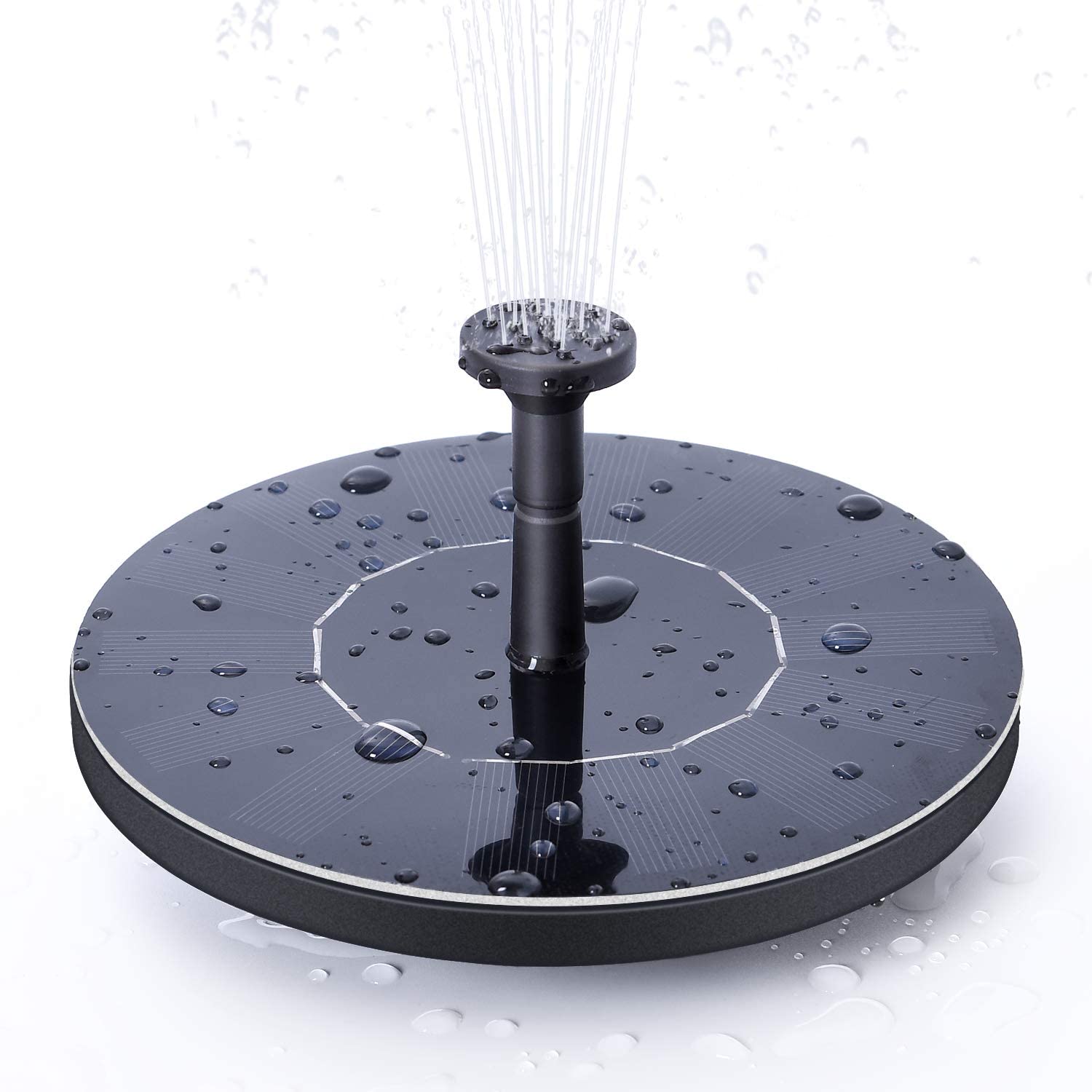
Solar fountain Pump
Ankway
£9.98
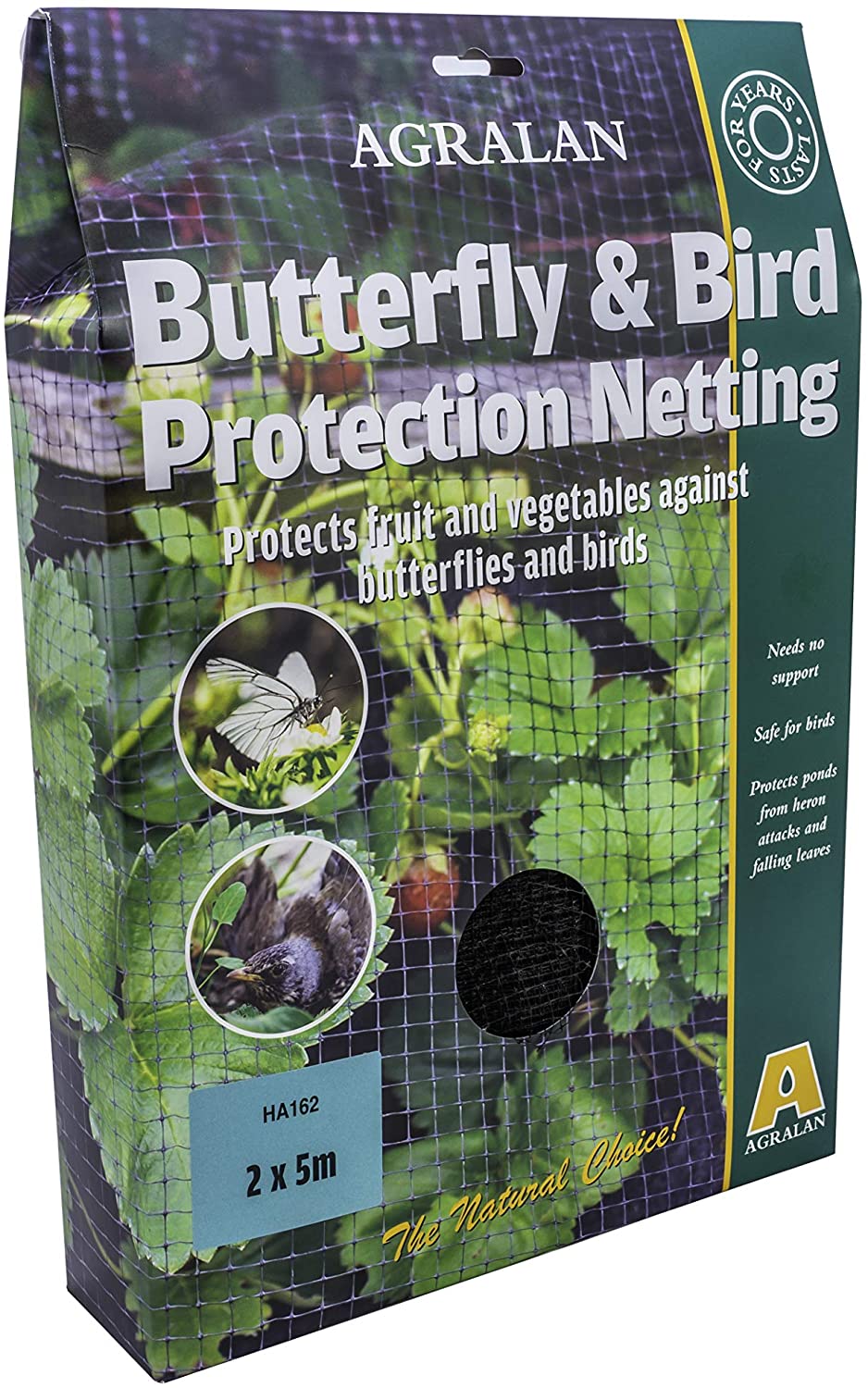
Protection Netting (5 x 2m)
Agralan
£9.99
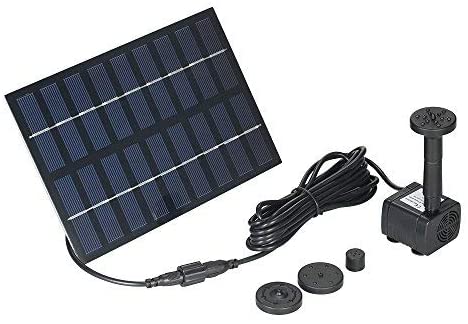
Solar Power Water Pump
Decdeal
£15.99
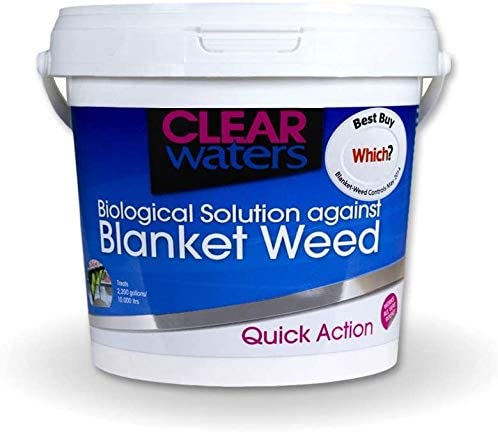
Blanketweed Treatment (1L)
CLEAR
£1.59
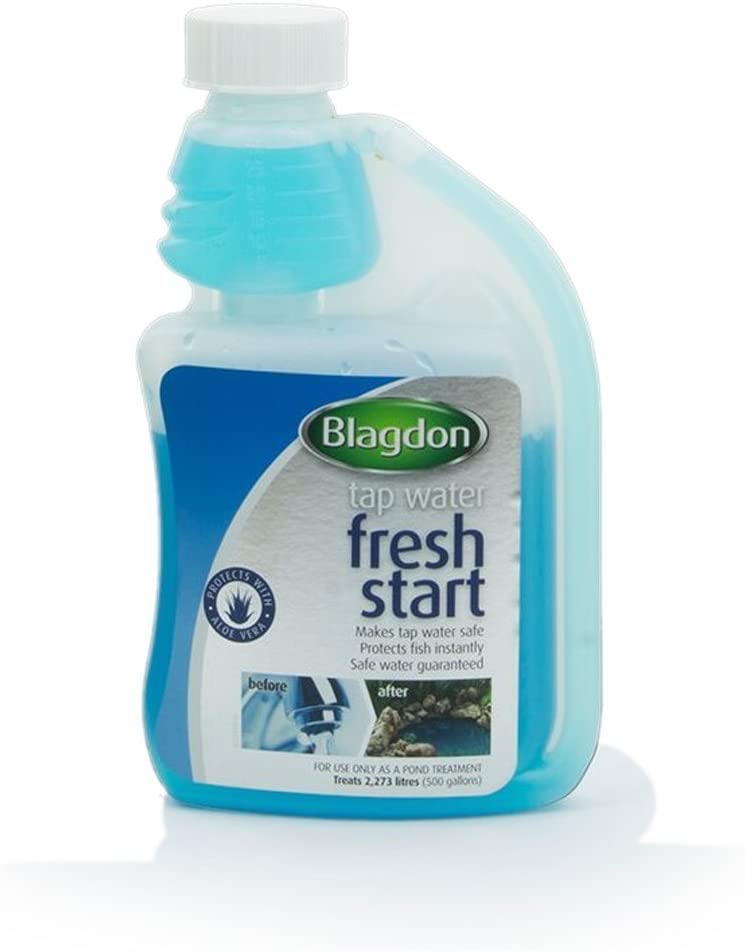
Small Fresh Start for Ponds
Blagdon
£8.95
Flakes

Best for: Top and mid-feeding fish
Flakes are great for surface feeders and those that swim in the middle of the water column. The downside to flakes is that they lose their nutrients quickly because they dissolve in the water, making them unsuitable for fish that live at the bottom of your aquarium.
Crisps

Best for: Top and mid-feeding fish
Crisps are essentially a denser version of flakes. It might not seem like a big difference, but the extra thickness of crisps brings with it many advantages, including:
- Float longer
- Dissolve slower
- Retain nutrients longer
- Feeds cleaner and leaves less waste
Pellets

Best for: Specific to the type of pellet
Pellets, sometimes referred to as granules, are designed to deliver food to wherever your fish prefer to eat. Like crisps and flakes, pellets can be made from a wide range of ingredients to suit a specific diet.
Stick-on tablets

Stick-on tablets give you the best possible viewing experience of any fish food. Simply grab a tablet, hold it to the front glass of your aquarium for a few seconds and remove your hands…
Wafers

When it comes to most types of fish food, you want them to dissolve as slowly as possible so that your fish have the best chance of eating them. Wafers are the exception to this rule.
Wafers, sometimes called tablets, quickly sink to the bottom of your aquarium and slowly soften. Unlike other fish foods, wafers are not designed to be eaten in a single bite. Instead, wafers are meant to easily break up as they are nibbled.
Freeze-dried foods

Unlike other dried foods, which are a mixture of different ingredients, freeze-dried food is typically a live food that has been dried whole. Brine shrimp, daphnia, blackworms, tubifex and krill are all popular freeze-dried choices.
Freeze-dried food has a long shelf life and can be crumbled to feed smaller fish.
Bloodworms are one of the most popular freeze-dried foods around – a favorite among betta, goldfish and many other popular pet fish
Vacation foods

Vacation fish feeders are designed to deal with a common problem – feeding your fish while you are away from home.
Also known as slow release fish food, these densely packed blocks of fish food slowly break down over time. As they break down, they release food for your fish to eat.
Believe it or not, vacation feeders can actually feed your fish for up to 14 days – without any effort from you.
Live foods

The biggest downside to live foods is that they introduce diseases into your aquarium. This is a particular problem with poorly sourced live foods. Fortunately, your local fish store typically sells live foods that have been sustainably farmed specifically for use as food.
With practice and patience, you can wean most fish off live foods. However, there are some fish, especially wild-caught fish, that do not recognize things that don’t move as food. In these instances, you will have to use a live food until you can train your fish to eat something more readily available.
Common live foods that are stocked by local fish stores include….

Frozen foods

While you can come across frozen food that is a mixture of different ingredients, they are typically a single live food, frozen into cubes.
When feeding time rolls around, simply thaw the cube and feed it to your fish. You can even skip the thawing and add cubes directly to your tank if you want.
Frozen fish food has numerous advantages over live food:
- Keeps longer than live food when properly stored in your freezer
- Readily available both online and at your local fish store
- Cubes make it easy to measure servings
Fresh foods

It may surprise you to learn that fish, which are herbivores or omnivores, happily eat vegetables if included as part of a balanced diet.
Peas are a favorite amongst my catfish, platies and swordtails. Simply remove the peas from their pod and squash them between your fingers. Add it to your tank and watch your fish go wild!
Squash is another favorite, particularly with my catfish. I simply cut it into slices and skewer it with fork and place it into your aquarium. The weight of the fork will stop the slices of squash from floating away.
The one thing to be mindful of is that uneaten vegetables need to be removed from the tank. Otherwise, they can foul up your water. I typically remove vegetables from my tanks after four hours, long enough for my fish to get a good feed.





